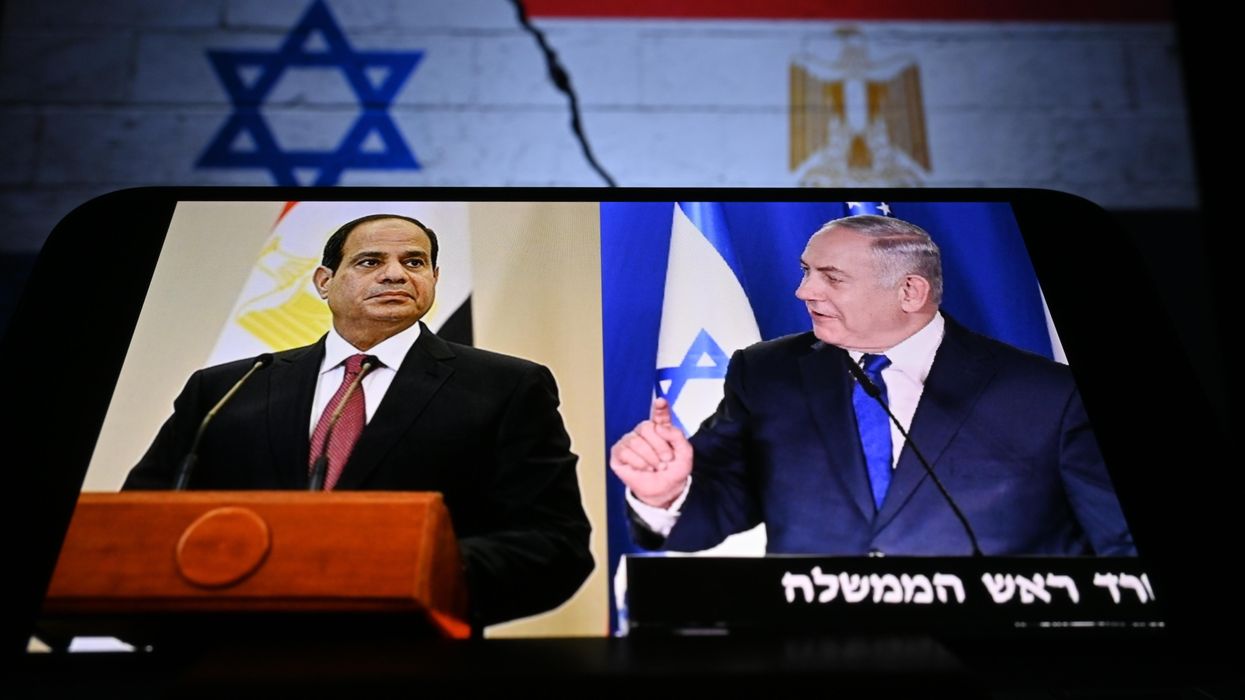American taxpayers have allocated $113 billion in assistance to Ukraine since Russia invaded nearly a year ago this year — the most in a year to any single country since the Vietnam War.
Yet the Ukraine War was afforded just 203 of the president’s words in a State of the Union Address that clocked in at 7242 words last night. Those words were steeped in the spirit of American exceptionalism that are fairly de rigueur for these speeches — soaring high, but short on detail. He told Americans the country needed to “face reality” on a number of domestic issues Tuesday night, but his idea of “reality” in regards to Ukraine was to wave the flag and stay the course — because the entire world depends on it.
I spoke from this chamber one year ago, just days after Vladimir Putin unleashed his brutal war against Ukraine.
A murderous assault, evoking images of the death and destruction Europe suffered in World War II.
Putin’s invasion has been a test for the ages. A test for America. A test for the world.
Would we stand for the most basic of principles?
Would we stand for sovereignty?
Would we stand for the right of people to live free from tyranny?
Would we stand for the defense of democracy?
For such a defense matters to us because it keeps the peace and prevents open season for would-be aggressors to threaten our security and prosperity. One year later, we know the answer.
Yes, we would.
And yes, we did.
Together, we did what America always does at our best.
We led.
We united NATO and built a global coalition.
We stood against Putin’s aggression.
We stood with the Ukrainian people.
He finished by welcoming again Ukraine’s Ambassador to the United States, Oksana Markarova. Before swiftly moving on, he told her, “America is united in our support for your country. We will stand with you as long as it takes.”
Analysts today are talking about a brutal war of attrition, that without a ceasefire and negotiated settlement this conflict will destroy Ukraine and likely lead to a wider, direct confrontation between the West and Russia. The West has given more and more sophisticated weapons to Ukraine to keep this war going “for as long as it takes,” but yet Ukrainian president Zelensky wants much more, warning of a Russian offensive and time running out before new Western tanks and missiles can get to the battlefield several months from now.
Meanwhile, Western sanctions have so far not had the impact on Russia that were promised a year ago and it turns out many of those “allies” in the fight against autocracies have either peeled off or have maintained neutrality. Defense writers (and military sources) are warning of stocks running low as the U.S. leans on its allies around the world to supply weapons to Ukraine. But it is not clear even how much longer Europe, struggling with higher inflation and economic uncertainty than the U.S., will be able to fuel the war at the pace it is today.
This “reality” took a back seat to a short pep talk Tuesday, re-tossed from the one he delivered during his press conference with Zelensky before the holidays. "Getting the people riled up to back American leadership. It probably works from a public relations standpoint. But it paints a very one-sided view of the world," commented my colleague Suzanne Loftus.
As for China, Biden — clearly lumping it in with the “autocracies” without saying so explicitly — afforded 268 words and a bit of a threat. But again, with no fresh rhetorical approach, even just a few days after his government shot down a Chinese spy balloon and his administration postponed a key meeting between his Secretary of State and his PRC counterpart, which was supposed to take place this week:
Before I came to office, the story was about how the People’s Republic of China was increasing its power and America was falling in the world.
Not anymore.
I’ve made clear with President Xi that we seek competition, not conflict.
I will make no apologies that we are investing to make America strong. Investing in American innovation, in industries that will define the future, and that China’s government is intent on dominating.
Investing in our alliances and working with our allies to protect our advanced technologies so they’re not used against us.
Modernizing our military to safeguard stability and deter aggression.
Today, we’re in the strongest position in decades to compete with China or anyone else in the world.
I am committed to work with China where it can advance American interests and benefit the world.
But make no mistake: as we made clear last week, if China’s threatens our sovereignty, we will act to protect our country. And we did.
And let’s be clear: winning the competition with China should unite all of us. We face serious challenges across the world.
But in the past two years, democracies have become stronger, not weaker.
Autocracies have grown weaker, not stronger.
America is rallying the world again to meet those challenges, from climate and global health, to food insecurity, to terrorism and territorial aggression.
Allies are stepping up, spending more and doing more.
And bridges are forming between partners in the Pacific and those in the Atlantic. And those who bet against America are learning just how wrong they are.
It’s never a good bet to bet against America.
Thinking the president might spend more time on these issues, which have taken up more political energy and resources than anyone would have guessed a year ago, was clearly not a good bet either. So many questions about what the administration’s strategy for ending the war in Ukraine, remain. What the short shift given to Ukraine and even China means for how Biden sees foreign policy fitting into his overall record, or his platform moving into a re-election campaign, is unclear.
More and more commentators are warning that the Ukraine war— even with the U.S. doing everything short of putting combat solders directly into the fight — won't end militarily. Given this complicated picture, Biden could have offered more tonight, reflecting at least the weight of the commitment he is asking the American people to give, not to mention the sacrifice Ukrainians are making everyday, for — as far as we know — the indefinite future.
















